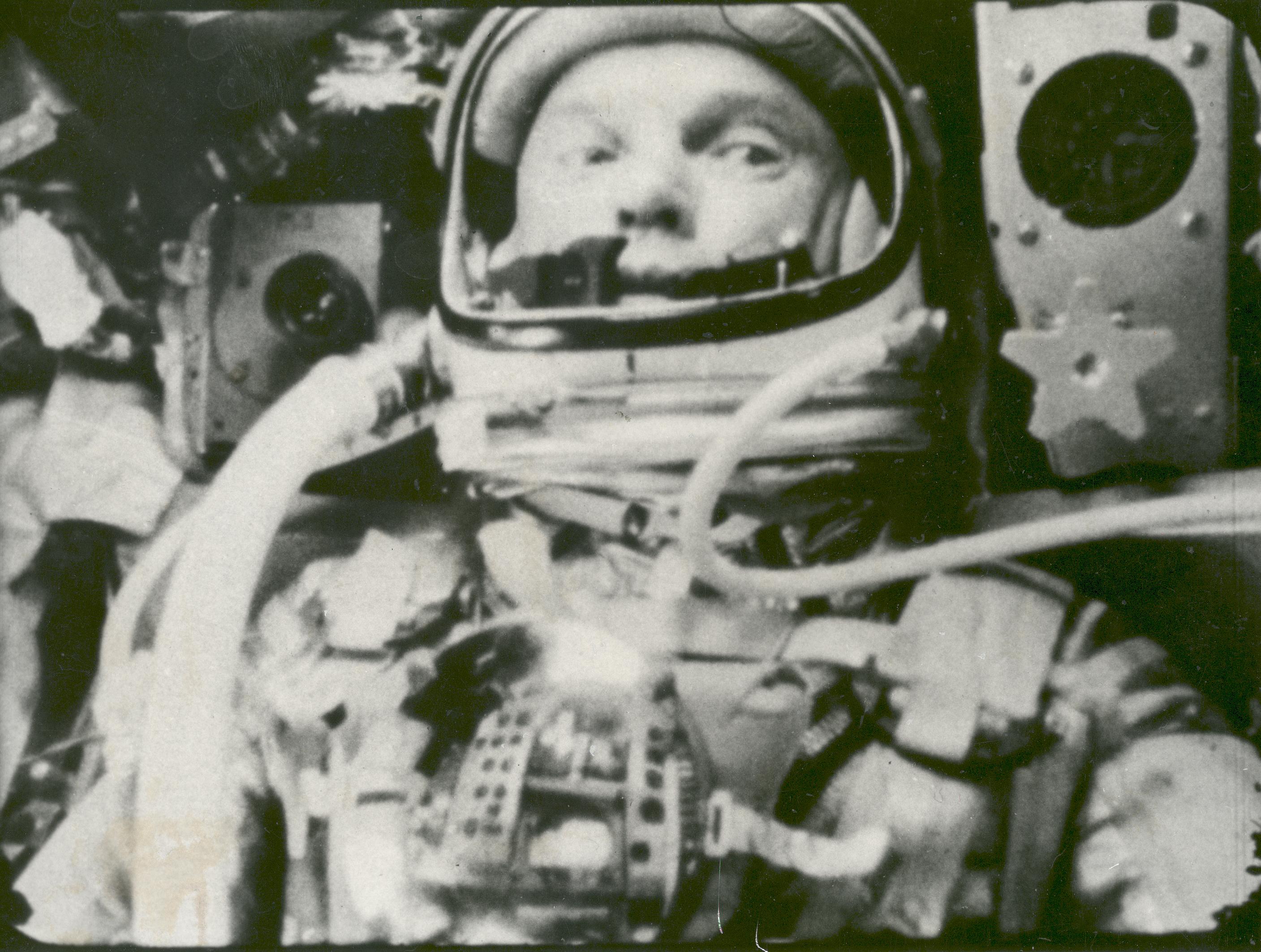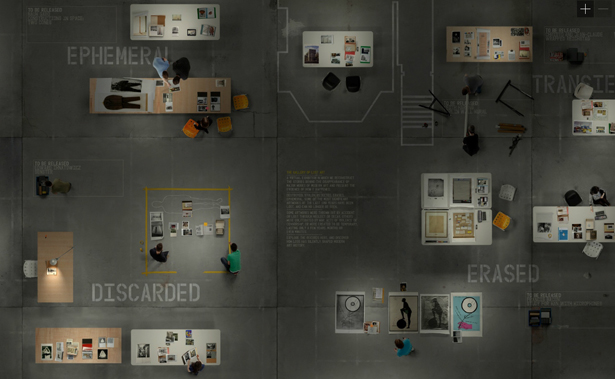Introduction / Issue 19: Blind Spots / Contributors
Introduction For its nineteenth issue, InVisible Culture presents articles, artworks, and reviews under the thematic framework of “Blind Spots.” Each of the pieces contained within this issue address various “spots” or points of blindness. These range from the actual experiences of non-sighted people to the instability of vision itself, from blindness as a symptom or function of artistic and political representation to how technologies of enhanced sight structure visuality. Advancements in visualizing technologies have de-centered vision from the eye to the extent that the organ itself faces a kind of obsolescence. And yet, how might the blindness of the eye—its “ability” to falter—assist us in thinking about these new and complex modes of vision? In what ways can sensorial limits be understood as horizons of possibility? What fresh insights might a critical examination of past discourses on technological vision and blindness offer to our current understanding of contemporary technologies of augmented vision? The contributors to this issue address these questions and many others through a variety of means: peer-reviewed scholarly articles; formal reviews of recent …


